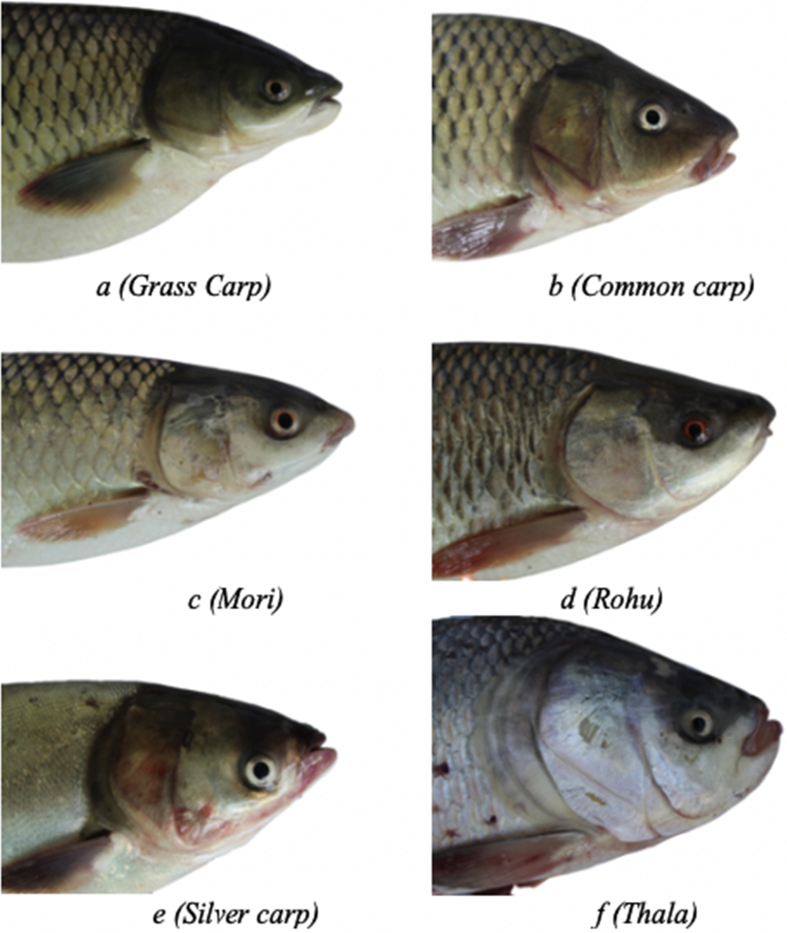Fishes are most various group of vertebrates with greater than 33000 species. These are recognized based on a number of visual characters together with their form, coloration and head. It is troublesome for the widespread individuals to instantly determine the fish species discovered available in the market.
Classifying fish species from pictures based on visual traits utilizing pc imaginative and prescient and machine studying strategies is an fascinating downside for the researchers. However, the classifier’s efficiency relies upon upon high quality of picture dataset on which it has been skilled.
An imagery dataset is required to look at the classification and recognition algorithms. This article displays Fish-Pak: a picture dataset of 6 completely different fish species, captured by a single digital camera from completely different swimming pools situated close by the Head Qadirabad, Chenab River in Punjab, Pakistan.
The dataset Fish-Pak are fairly helpful to check numerous elements of classifiers resembling studying price, momentum and their affect on the general efficiency. Convolutional Neural Network (CNN) is without doubt one of the most generally used architectures for picture classification based on visual features. Six information courses i.e. Ctenopharyngodon idella (Grass carp), Cyprinus carpio (Common carp), Cirrhinus mrigala (Mori), Labeo rohita (Rohu), Hypophthalmichthys molitrix (Silver carp), and Catla (Thala), with a unique variety of pictures, have been included within the dataset.
Fish species are captured by one digital camera to make sure the honest surroundings to all information. Fish-Pak is hosted by the Zoology Lab below the mutual affiliation of the Department of Computer Science and the Department of Zoology, University of Gujrat, Gujrat, Pakistan.

Oblate to prolate transition of a vesicle in shear move.
Vesicles are micrometric mushy particles whose membrane is a two-dimensional incompressible fluid ruled by bending resistance resulting in a zoology of shapes. The dynamics of deflated vesicles in shear move with a backside wall, a primary minimal configuration to contemplate confined vesicles, is investigated utilizing numerical simulations.
Coexistence below move of oblate (metastable) and prolate (secure) shapes is studied in particulars. In specific, we talk about the boundaries of the area of coexistence within the (v, Ca -plane the place v is the lowered quantity of the vesicle and Ca the Capillary quantity.
We characterize the transition from oblate to prolate and analyse the divergence of the transition time close to the vital capillary quantity. We then analyse the carry dynamics of an oblate vesicle within the weak move regime.
